Contents

Cover Design: C. Wallace
Cover Image: Titamium iStockphoto.com/ranplett
Cover Illustration: ukasz Zarba and Magdalena Busowska
Copyright 2013 by Jeff Scheinrock and Matt Richter-Sand. All rights reserved.
Published by John Wiley & Sons, Inc., Hoboken, New Jersey.
Published simultaneously in Canada.
Special thanks to the illustrators ukasz Zarba and Magdalena Busowska.
Thanks to Craig Finster, Matthew Pierce, and Matt Levin for helping with illustration revisions.
No part of this publication may be reproduced, stored in a retrieval system, or transmitted in any form or by any means, electronic, mechanical, photocopying, recording, scanning, or otherwise, except as permitted under Section 107 or 108 of the 1976 United States Copyright Act, without either the prior written permission of the Publisher, or authorization through payment of the appropriate per-copy fee to the Copyright Clearance Center, Inc., 222 Rosewood Drive, Danvers, MA 01923, (978) 750-8400, fax (978) 646-8600, or on the Web at www.copyright.com . Requests to the Publisher for permission should be addressed to the Permissions Department, John Wiley & Sons, Inc., 111 River Street, Hoboken, NJ 07030, (201) 748-6011, fax (201) 748-6008, or online at http://www.wiley.com/go/permissions .
Limit of Liability/Disclaimer of Warranty: While the publisher and author have used their best efforts in preparing this book, they make no representations or warranties with respect to the accuracy or completeness of the contents of this book and specifically disclaim any implied warranties of merchantability or fitness for a particular purpose. No warranty may be created or extended by sales representatives or written sales materials. The advice and strategies contained herein may not be suitable for your situation. You should consult with a professional where appropriate. Neither the publisher nor author shall be liable for any loss of profit or any other commercial damages, including but not limited to special, incidental, consequential, or other damages.
For general information on our other products and services or for technical support, please contact our Customer Care Department within the United States at (800) 762-2974, outside the United States at (317) 572-3993 or fax (317) 572-4002.
Wiley publishes in a variety of print and electronic formats and by print-on-demand. Some material included with standard print versions of this book may not be included in e-books or in print-on-demand. If this book refers to media such as a CD or DVD that is not included in the version you purchased, you may download this material at http://booksupport.wiley.com . For more information about Wiley products, visit www.wiley.com .
Library of Congress Cataloging-in-Publication Data :
ISBN 978-1-118-54826-4 (Hardcover); ISBN 9781-1-11874448-2 (ebk);
ISBN 978-1-118-74472-7 (ebk)
Why You Should Read This Book
D espite the advantages todays entrepreneurs have, getting a company off the ground remains remarkably challenging. To be successful, you have to give it everything youve gotyour heart and soul, your focus, and your life savings. Even then, the likelihood that youll succeed is frighteningly low. But if youre one of the lucky few who manage to get your startup off the runway, building and running your own company will be one of your most rewarding and memorable experiences. Entrepreneurs live unique and fulfilling lives. In exchange for unreal and untold sacrifices, they get to live their passion every day and make a tangible difference in the world. If you are destined to become an entrepreneur, this book is for you. The Agile Startup will show you how to dodge painful, common, and avoidable mistakes and get your startup down the runway and in the air. Through the 170 startup strategies, youll be exposed to the latest ideas, philosophies, frameworks, and best practices for entrepreneurship in todays fast-paced, hypercompetitive world.
The Agile Startup is not meant to be a comprehensive overview of how to start a business . Instead, its filled with quick, actionable, timeless lessons from the trenches for soon-to-be founders or existing entrepreneurs. The lessons show you how to bob and weave with the market, get vital feedback, and build blockbuster products. The book will show you how bad assumptions kill companies, and why the most important thing you should do as an entrepreneur is to turn assumptions into facts as quickly as possible.
Most of the time-tested strategies have risen from the ashes of failed businesses, often the best (and hardest) way to learn. If heeded, they will increase your likelihood of success and reduce the time required to get off the ground. If ignored, youll learn the hard way that history repeats itself. In the end, youll have over 170 actionable strategies to help you navigate the startup minefield and start living your entrepreneurial dream.
The Agile Startup is for every kind of entrepreneur, from the aspiring entrepreneur just starting out, to the established early-stage CEO. You can read the book cover to cover, or focus on the strategies that apply directly to your current situation.
The hope is that The Agile Startup will be something you reference and learn from for many years to come. It was written to help you succeed on what will inevitably be one of the hardest and most rewarding journeys of your life.
Come join our community at www.agilestartup.com , and keep us updated on your journey!
The Entrepreneurs Life Cycle
F rom pre-idea to scale, there are six distinct stages that every entrepreneur goes through. In an effort to maximize the value you get from this book, weve stamped every lesson with one or more of the six stages. Referencing the icons would be a good way to get through the book quickly if youre strapped for time (like most entrepreneurs) and want to focus on your current situation.

1. Pre-Idea
In the Pre-Idea stage, you know that you want to start your own business one day soon, but you arent working on any specific ideas yet. This is an exploratory stage, in which you scan broadly for opportunities. Your first ah-ha! moment when an idea starts to take hold will graduate you to the next stage.

2. Idea(s)
Idea is the second stage of an entrepreneurs life cycle. You move past Pre-Idea when you start to dig into one or more ideas because you think they have potential. Rather than committing to any one idea at this stage, youre still very much in an exploratory mode and trying to ascertain the feasibility of an idea through interviews and conversations.

3. Some Work Done
It is in the third stage, Some Work Done , that you transition from an exploratory mode into a deep dive of a single idea. Its in this stage that you begin to commit resources by building a prototype (or brochure) to test the idea and get meaningful feedback.

4. Business Launched
In the Business Launched stage, as you might have guessed, you launch your business! This is when your activities transition from feasibility to building. Youre still learning along the way, of course, but your learning efforts are much more focused on business-building activities. This is where you put all of your weight behind the business, and sink all of your resources into it.


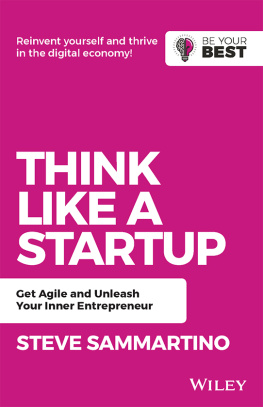
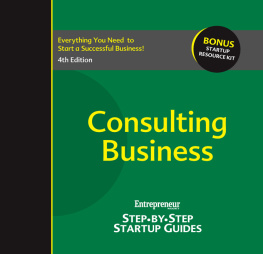

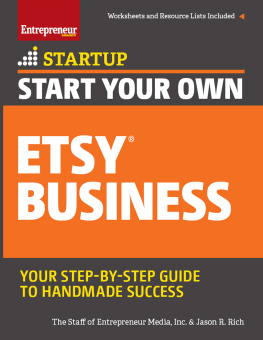
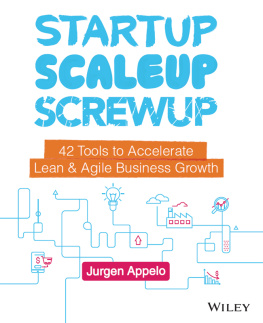

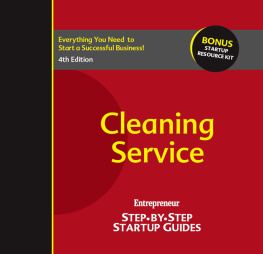
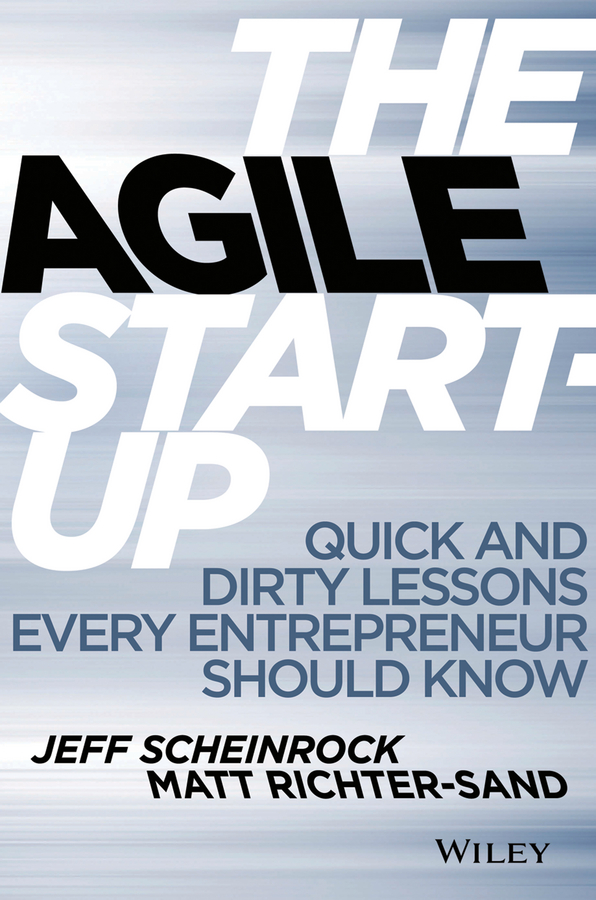

 1. Pre-Idea
1. Pre-Idea 2. Idea(s)
2. Idea(s) 3. Some Work Done
3. Some Work Done 4. Business Launched
4. Business Launched